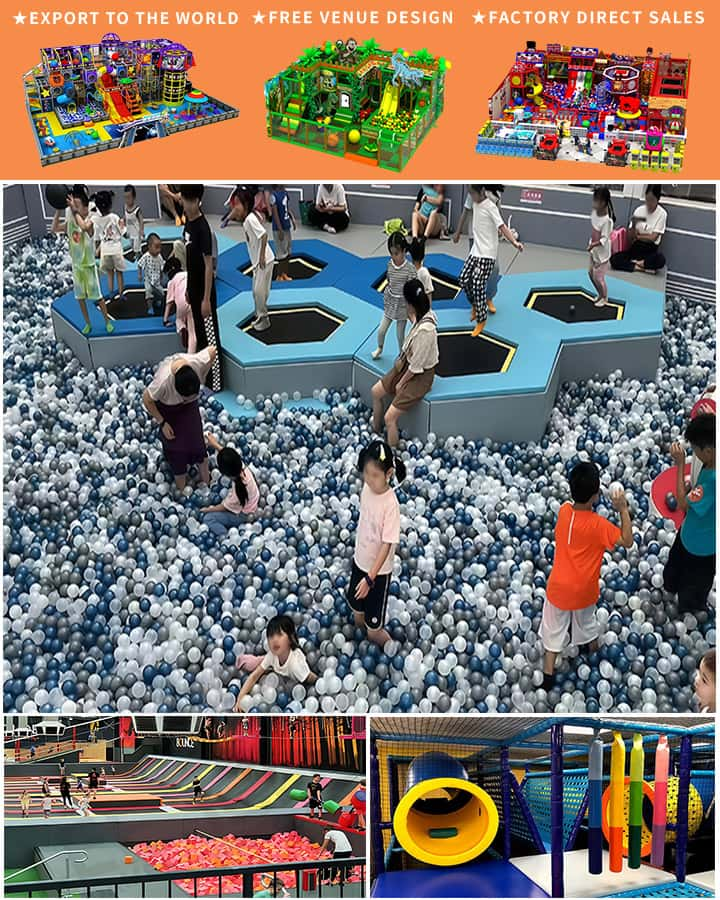Creating a playground in a park is an essential project that brings joy to children and families, promotes physical activity, and fosters community engagement. However, one of the most significant considerations in developing a playground is understanding the cost associated with it. The cost of playground equipment for parks can vary widely depending on several factors, including the type of equipment, materials used, size of the playground, installation costs, safety features, and more. This guide delves into the various aspects that influence the cost, providing a comprehensive understanding for anyone planning to install or upgrade playground equipment in their local park.
Factors Influencing the Cost of Playground Equipment
- Type of Equipment
- Traditional Playground Equipment: Slides, swings, seesaws, merry-go-rounds, and climbing structures are staple items in many playgrounds. These can range from simple designs suitable for toddlers to complex structures aimed at older children. The intricacy and durability of these pieces significantly affect their price.
- Inclusive Playground Equipment: To ensure accessibility for all children, including those with disabilities, many parks now include inclusive equipment designed for diverse abilities. These specialized structures often come at a higher cost due to their advanced design and the materials required.
- Custom Playground Equipment: Tailored solutions that fit specific themes or unique park layouts can be considerably more expensive than standard equipment. Customization might include branding, unique colors, or special features.

- Materials Used
- Plastic vs. Metal: Plastic equipment tends to be lighter and less expensive initially but may not last as long as metal options, which are more durable but pricier. Wooden structures offer a natural aesthetic but require regular maintenance and treatment to prevent rot and insect damage.
- Quality and Safety Standards: Higher-quality materials and adherence to strict safety standards (such as ASTM and CPSC guidelines in the U.S.) can increase costs but are crucial for ensuring safety and longevity.
- Size and Scale of the Playground
- The overall size of the playground directly impacts the total cost. Larger playgrounds require more equipment, additional safety surfacing (such as rubber mats, wood chips, or poured-in-place surfaces), and potentially more complex installation processes.
- Commercial vs. Residential Grade: Commercial-grade playgrounds, designed for heavy use in public parks, are built to withstand higher volumes of traffic and generally cost more than residential grade options intended for private backyards.
- Installation and Site Preparation
- Professional installation ensures that the equipment is set up correctly and safely. This includes site preparation, which might involve leveling the ground, installing appropriate drainage, and securing the equipment firmly. Installation costs can vary based on the complexity of the setup and local labor rates.
- Surfacing Materials: Safety surfacing is a critical component that cushions falls and prevents injuries. Options like rubber tiles, mulch, sand, or synthetic turf each have different costs and lifespans, influencing the overall budget.
Estimating the Costs
Given these variables, estimating the cost of playground equipment for a park can be complex. On average, a basic playground installation might start around \(10,000 to \)30,000, while larger, fully equipped playgrounds with multiple structures and inclusive features can exceed $100,000. It’s essential to obtain quotes from multiple suppliers, considering both the initial investment and long-term maintenance costs.
Financing and Grants
Funding a playground project can be challenging for many communities. However, there are grants, fundraising opportunities, and partnerships available to offset these expenses. Local government grants, non-profit organizations, corporate sponsorships, and community fundraisers can all contribute to making a playground project financially feasible.
In conclusion, while the cost of playground equipment for parks can vary greatly based on numerous factors, careful planning and research can help create a safe, enjoyable, and affordable play space for everyone. By considering the type of equipment, materials, scale, and installation requirements, park administrators and community leaders can make informed decisions that balance quality with budget constraints, ultimately enriching the lives of countless children and families.




